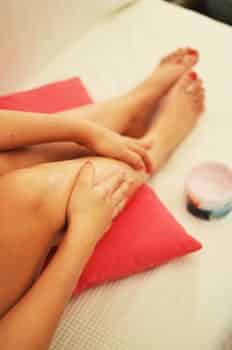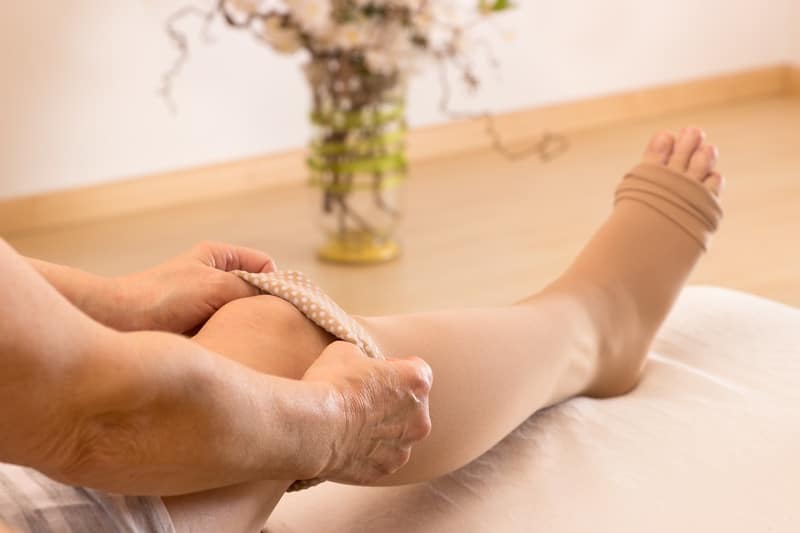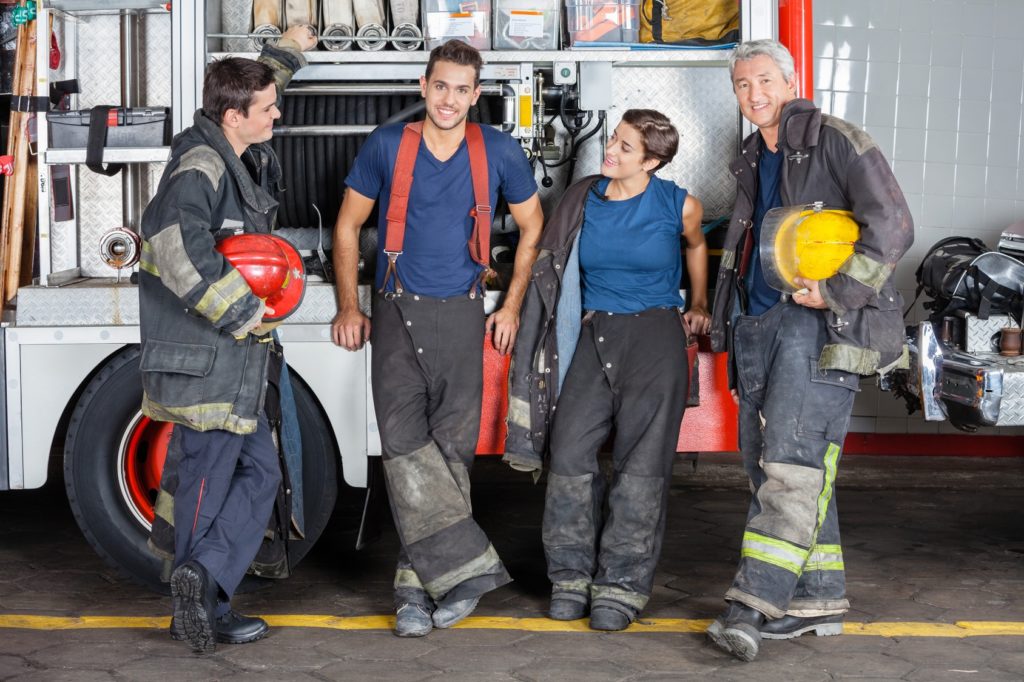
Frustrated with Painful and Unsightly Leg Veins
Painful and unsightly leg veins
With the Arizona heat, a summer day, winter day, or any day is ideal for wearing shorts. But for those with varicose veins or spider veins, the thought of wearing shorts is troubling and leads to severe anxiety. According to the U.S. Department of Health and Human Services, 55% of adult women experience abnormal leg veins as well as 45% of men. If you suffer from varicose veins, you don’t have to resign yourself to living with them if they bother you as there are many ways they can be treated in the office without surgery or painful vein striping.
What are varicose veins? Can varicose veins be prevented? We break it all down for you.
What are varicose veins?
Varicose veins can form when the vein valves that move blood back to the heart weaken and malfunction, resulting in swelling and inflammation. As the valves weaken and no longer keep blood flowing in one direction, the veins become enlarged or stretched due to the abnormal blood flow, blood begins to back up or pool. This often results in bulging, twisted veins with a purple or blue appearance.
Varicose veins most commonly occur in the legs because gravity and other factors make the normal flow of blood returning to the heart more difficult. The lack of circulation and blood pooling means the veins can be painful, make the legs feel heavy or cause a burning, aching, or throbbing sensation.
Why do I have them?
Your genes are the primary factor contributing to your risk for developing varicose veins. When one or both parents have varicose veins, your risk increases. Other contributing factors include pregnancy, obesity, older age, prolonged standing, and physical inactivity.
What do I do about them?
- Physical activity is a great place to start. When we walk, the contraction of the calf muscle helps circulate blood back to our heart, alleviating the build-up that contributes to varicose veins.
- Prescription grade compression socks will also aid with the circulation of blood.
When these aren't enough, new procedures to treat varicose veins are producing excellent results:
- One is the VenaSeal Closure System, which uses medical adhesive and this adhesive is placed in the location along the diseased vein.
- Another is the ClariVein Device, the device uses Mechanico-Chemical Ablation (MOCA). It provokes natural vein spams to produce closure.
- Endovenous ablation is a treatment that uses heat or radiofrequency energy to close off a vein that is not functioning properly, redirecting blood flow through other veins.
- Sclerotherapy uses an injection of a specific chemical to make smaller veins shrink.
Advanced Vein Institute of Arizona
Varicose Veins worse in Summer Heat? If it seems like your varicose veins symptoms seem to worsen in the summer heat—especially for those of you who live in hot climates like Arizona—you are not imagining it. Talk to a qualified vein specialist and they will tell you that heat does have an effect on your…
Read MoreLet’s face it—a big part of the reason that you are in Arizona is because you don’t enjoy golfing in the snow or hiking in the rain. And now that you are here, there is no reason to let anything get in the way of your active life—not even the discomfort of varicose veins. Although…
Read MoreYounger adults in the U.S. are searching for options to deal with varicose veins…REALLY? Health and Google statistics are starting to show that younger and younger people are seeking treatment for conditions such as varicose veins, chronic venous insufficiency (CVI), and other health conditions usually associated with older adults. Health officials are attributing this…
Read MoreHas a woman ever said she loves wearing high heels because they are just so comfortable? Uh uh. Or because it is just so easy to walk in them? Not likely. High heels are popular because of the way they make the legs of the wearer appear.
Read MoreIf you just googled “compression stockings for varicose veins” to find this article, you are far from alone. Millions of Americans have looked at compression stockings as a non-surgical alternative to help deal with the discomfort of varicose veins and other peripheral vascular concerns. Perhaps not knowing that there are newer, effective, and minimally invasive procedures…
Read MoreIt can hurt to care–just ask any nurse. As a profession, nurses experience some of the highest rates of varicose veins and Chronic Venous Insufficiency (CVI) in the country. In fact, in one study by the NIH, 63 per cent of participating nurses were shown to have at least one sign of CVI. Nurses will know…
Read MoreOne might think that the biggest cause of injury among American firefighters would be burns and collapsing structures. However, more than just skin and bones, it is the firefighter’s vascular system that is at risk. There are a number of reasons why firefighters are especially susceptible to vascular injury, and why they in particular need…
Read MorePerhaps the most important thing to know about Radiofrequency Vein Ablation, is that it has a high success rate in treatment of varicose veins. Additionally, it is minimally invasive, minimally painful, has low rates of complication, can be performed in-office, and has a very rapid recovery time, usually about a day. The Venous Ablation Process…
Read MoreThe concern about having or developing Chronic Venous Insufficiency (CVI) is a great reason to have your varicose veins fully assessed by a qualified Vein Specialist. Why should I be concerned about the symptoms of Chronic Veins Insufficiency? Chronic Venous Insufficiency, also known as Venous Reflux Disease or Venous Stasis, refers to a condition of inadequate…
Read MoreCan Varicose Vein Pain be Eliminated? It is the end of a long day, and suddenly you realize that the varicose veins that you barely considered this morning are working hard to get your attention. They ache, and your legs feel heavy and are getting swollen. Especially if you have been ignoring them all day,…
Read More

